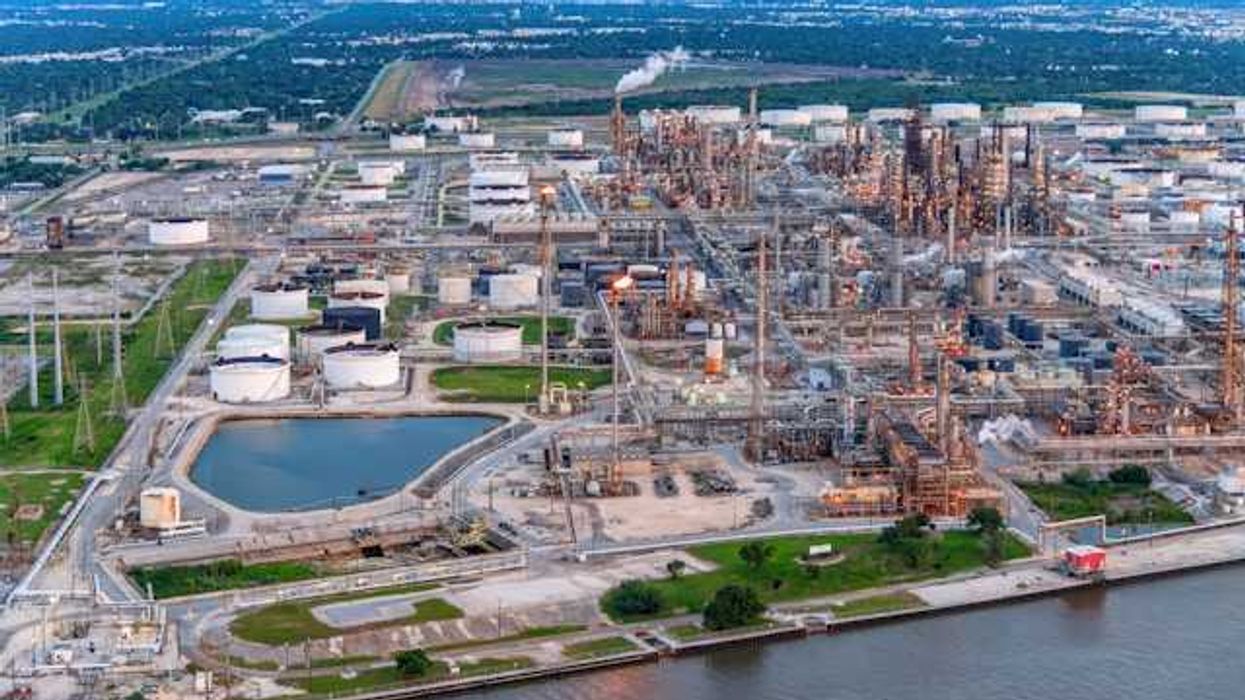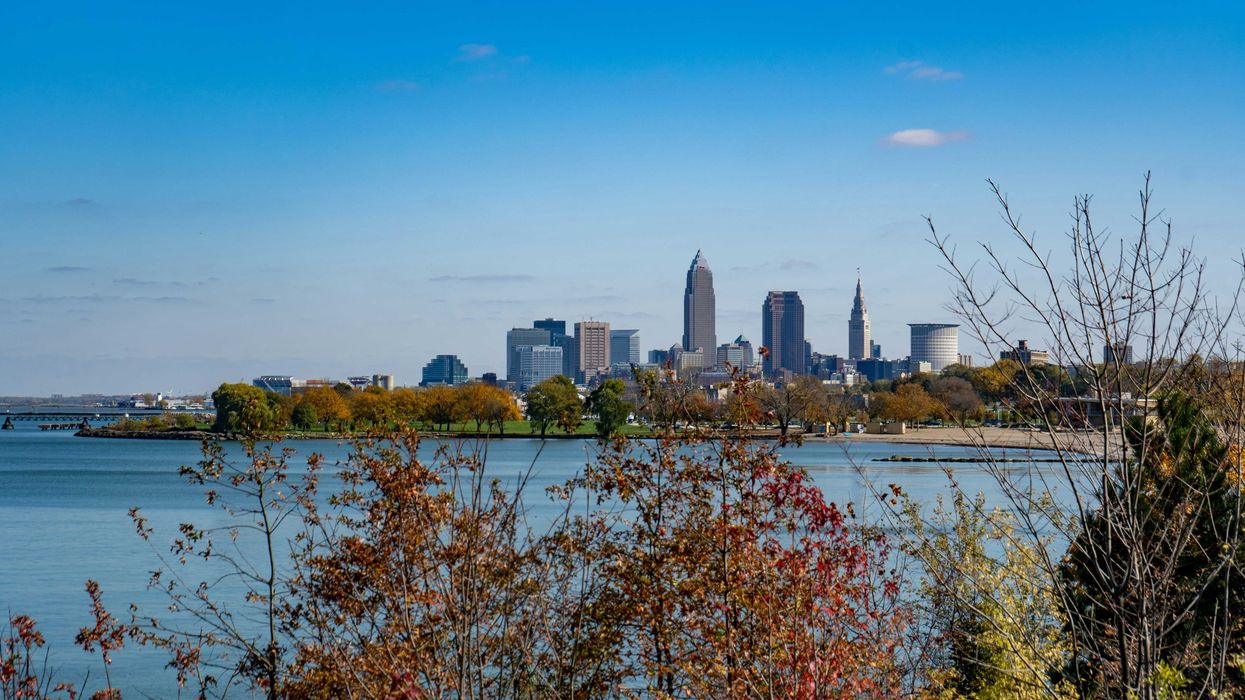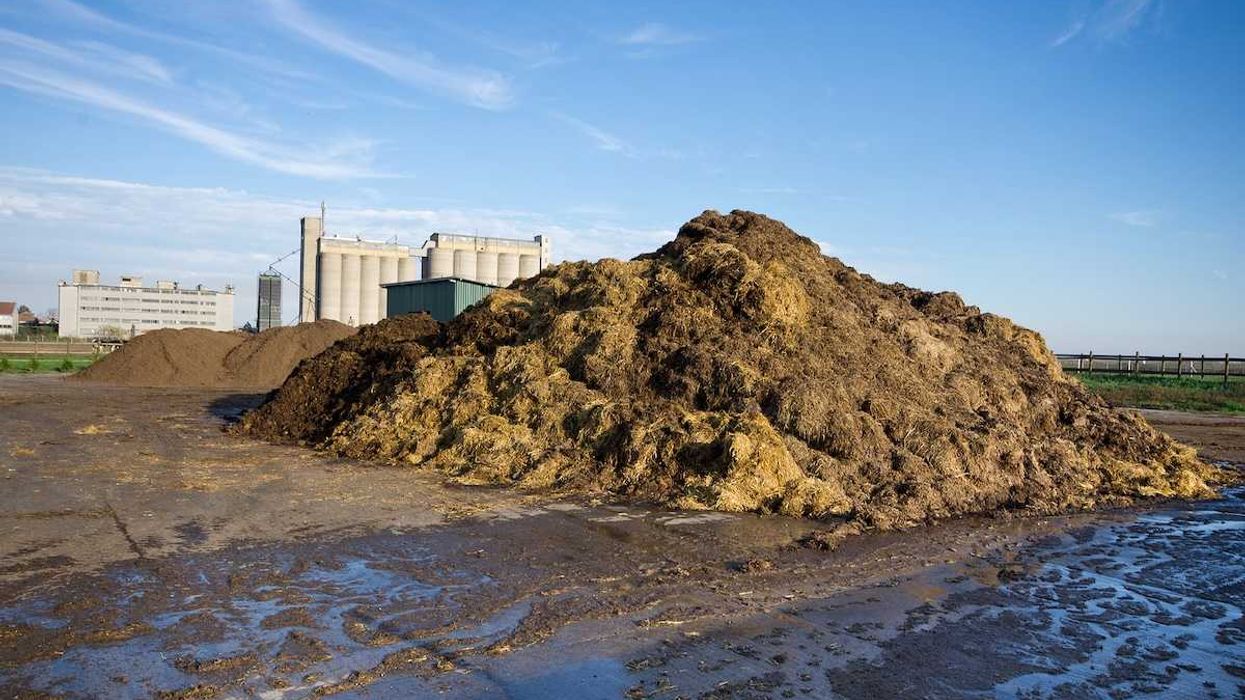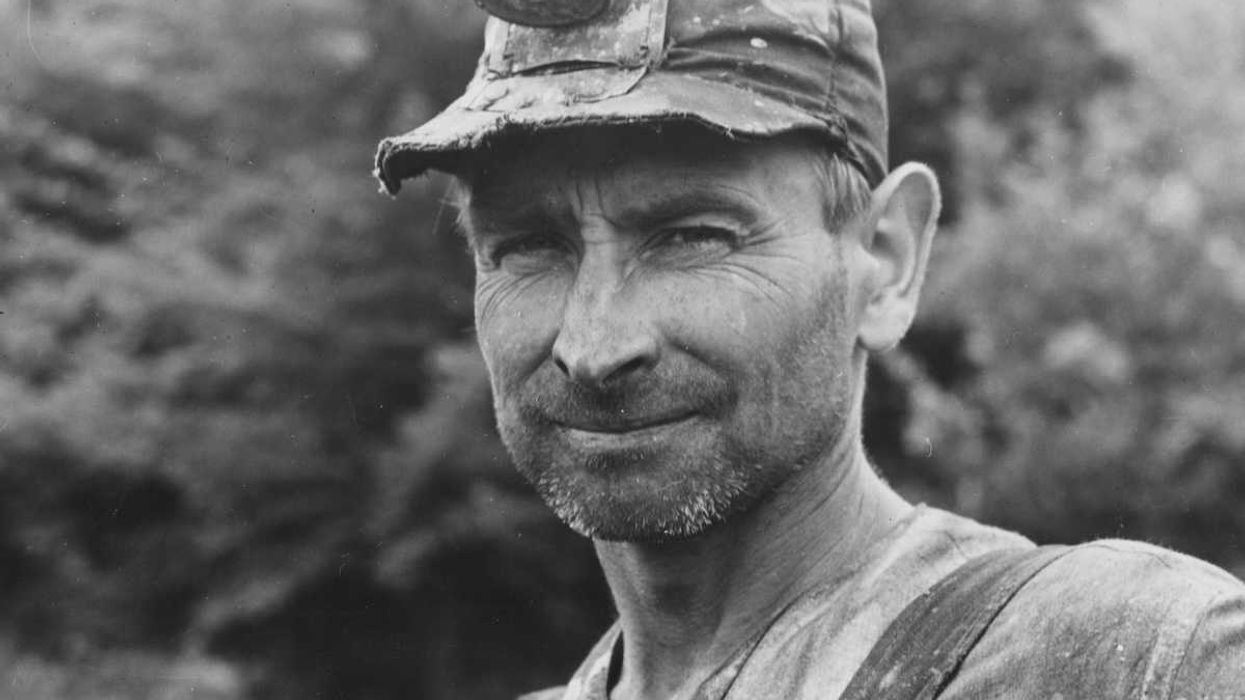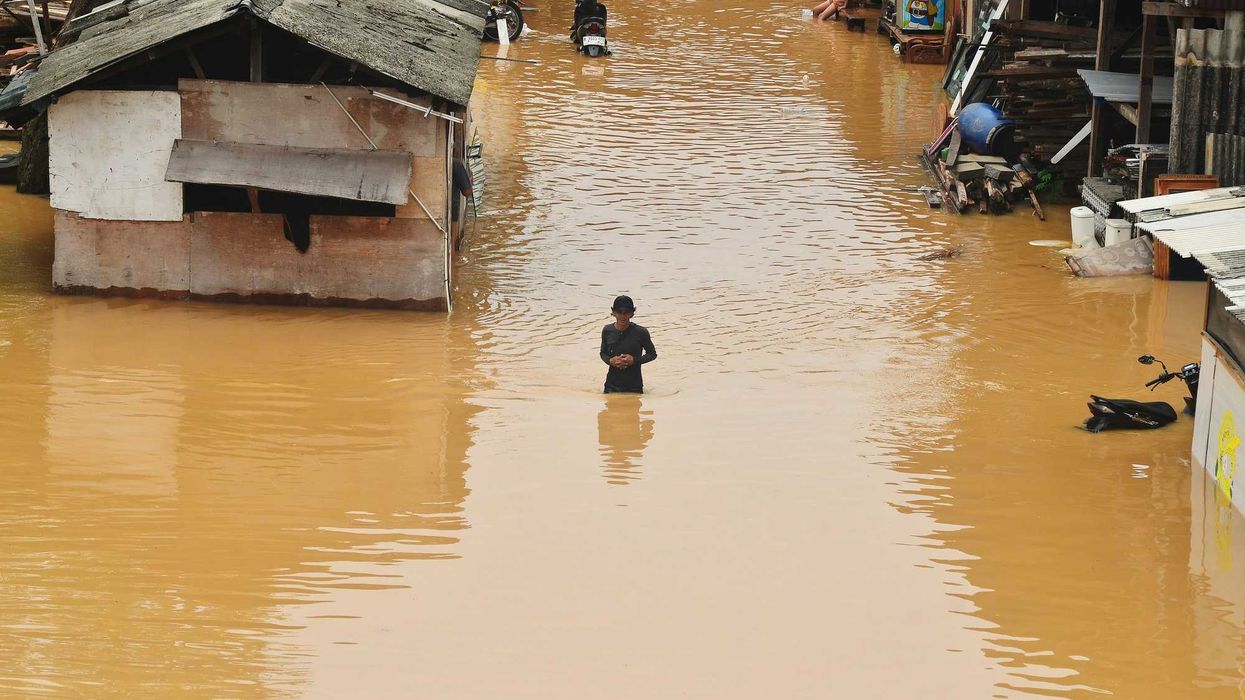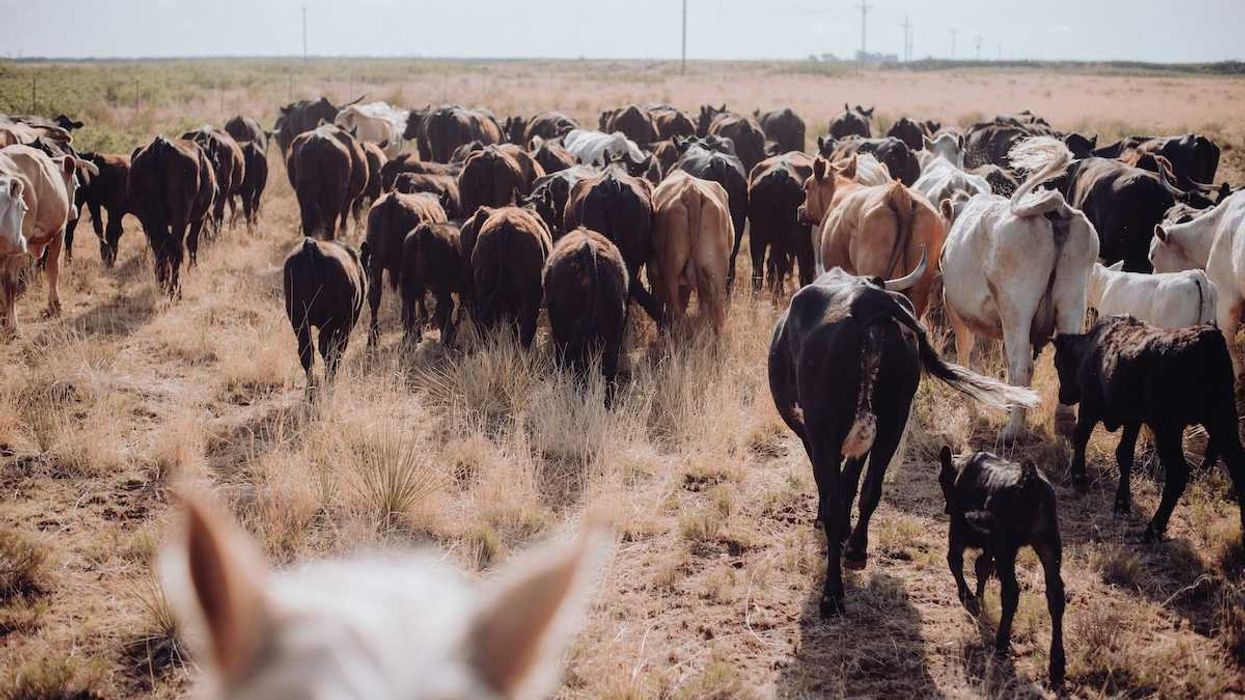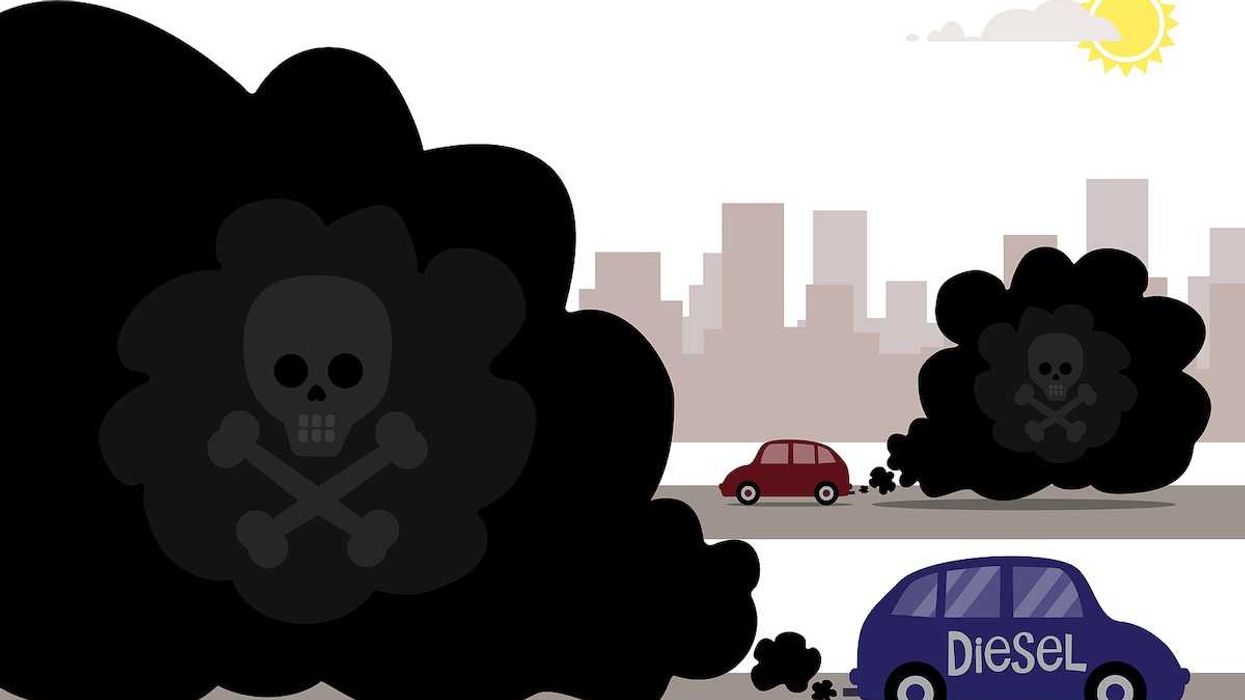Extreme wildfires have more than doubled in frequency and intensity over the past two decades, driven by a warming and drying climate.
Austyn Gaffney reports for The New York Times.
In short:
- The study, published in Nature Ecology & Evolution, analyzed 21 years of data and found over 2,900 extreme wildfire events worldwide.
- Wildfires in temperate conifer forests in North America and boreal forests in North America and Russia increased significantly, influenced by climate change.
- Extreme wildfires pose significant risks to nearby communities and affect distant regions through smoke and greenhouse gas emissions.
Key quote:
“We’re seeing the manifestations of a warming and drying climate before our very eyes in these extreme fires.”
— Calum Cunningham, a postdoctoral researcher in pyrogeography at the University of Tasmania
Why this matters:
As temperatures rise and droughts become more severe, forests that once served as carbon sinks are now becoming tinderboxes. These fires release significant amounts of carbon dioxide, exacerbating global warming in a vicious cycle. The smoky haze that blankets cities miles away from the blazes poses serious respiratory risks, particularly for children, the elderly, and those with pre-existing conditions.




